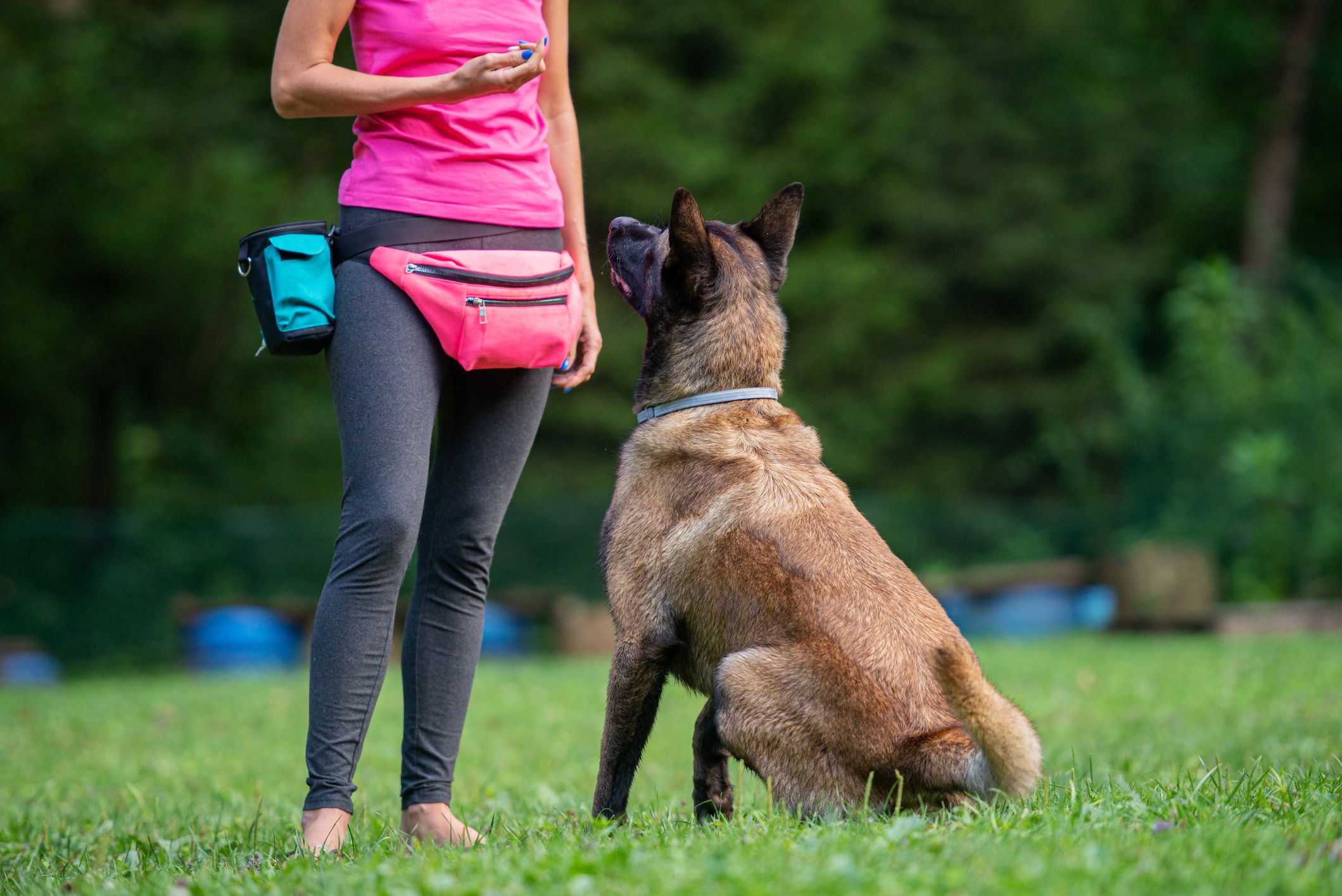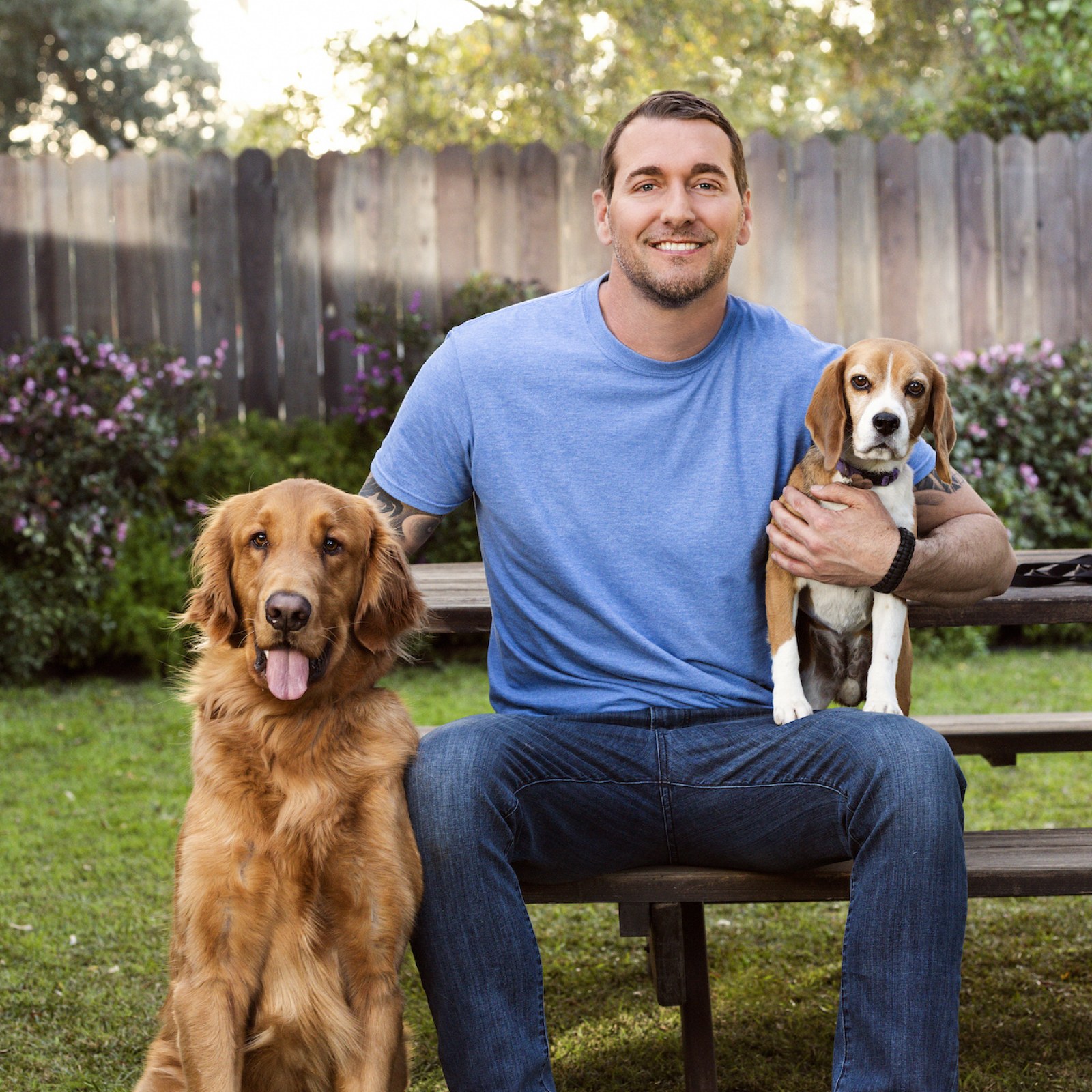Common Mistakes to Avoid During Dog Training for Better Results
Novice's Overview to Effective Pet Training at Home
Effectively training a pet dog at home calls for a nuanced understanding of canine habits and reliable interaction methods. Developing clear training goals, making use of high-quality rewards, and preserving consistency across family participants are important aspects. Integrating training right into daily regimens can improve both engagement and retention.
Recognizing Dog Habits
Understanding dog behavior is crucial for efficient training and fostering an unified partnership between people and their canine friends. Pet dogs connect mainly through body movement, articulations, and faces, making it essential for proprietors to analyze these signals properly. Identifying habits such as tail wagging, growling, or cring can provide understandings right into a canine's emotion and purposes.

Common behavioral problems, such as aggression, stress and anxiety, or too much barking, often stem from misunderstandings or unmet requirements. Observing and attending to these issues quickly can prevent escalation and make certain a positive training experience. By fostering a deep understanding of pet behavior, proprietors can tailor their training techniques to suit their canine buddies, eventually resulting in a satisfied and mannerly family pet.
Essential Training Tools
A well-appointed training room can substantially enhance the efficiency of dog training in the house. Essential training devices make certain that both the fitness instructor and the canine can engage in effective sessions that foster discovering and bonding.

Purchasing a tough chain and a comfy, well-fitting collar or harness is important for safety and control. These devices help establish boundaries and make sure the canine continues to be safe throughout training. In addition, a designated training location, without disturbances, aids focus for both the instructor and the pet.
Educating help such as training pads, cones, or dexterity equipment can additionally improve the experience by introducing selection and challenges. Finally, having a notebook or digital app for tracking progress can be indispensable, allowing you to keep in mind successes and locations for enhancement. Utilizing these essential tools will certainly produce a favorable training atmosphere and lay the structure for reliable understanding.
Developing an Educating Regimen
Developing a consistent training routine is vital for reliable pet training at home. A well-structured regular not just assists in strengthening wanted behaviors yet likewise gives your canine with a complacency and predictability. To produce a reliable training routine, begin by recognizing particular training goals, such as fundamental commands, chain walking, or house-training.
Select a marked time daily for training sessions, ideally when your pet is responsive and sharp. Procedure ought to be brief, approximately 5 to 15 minutes, to keep emphasis and stop tiredness. Uniformity Look At This in timing and atmosphere will certainly improve your dog's learning experience.
Include training into daily activities to enhance skills. For instance, method commands during strolls or nourishment, which integrates learning into natural routines. In addition, stay flexible and change the routine as required, fitting your pet dog's power levels and state of mind.
Favorable Reinforcement Methods
Positive support methods are fundamental to effective dog training, advertising preferred habits with benefits as opposed to punishment. This method makes use of positive stimulations, such as deals with, appreciation, or playtime, to urge canines to repeat details actions. The cornerstone of this approach is timing; benefits should be offered promptly complying with the desired behavior to produce a clear organization.
When carrying out positive reinforcement, it is essential to pick benefits that are encouraging for your pet dog. High-value treats, such as little items of chicken or cheese, can be specifically effective during training sessions. In addition, varying the incentives can maintain your pet's rate of interest and interest.
Beginning with basic commands, like "sit" or "stay," and progressively development to a lot more complex tasks. Consistency is vital; make certain that all member of the family make use of the exact same commands and incentive systems to stay clear of complication.
Moreover, it is vital to continue to be person and prevent aggravation. Canines, like humans, discover at their very own pace. By fostering a supportive training environment via positive reinforcement, you can boost your pet's discovering experience while reinforcing the bond between you and your fuzzy buddy, preparing for successful this post training results.
Common Educating Challenges
While training a pet at home can be a satisfying experience, it typically includes a collection of typical difficulties that can evaluate both perseverance and consistency. One widespread issue is interruption. Canines might end up being easily sidetracked by noises, motions, and even scents in their setting, making it tough to preserve their emphasis throughout training sessions.
Another obstacle is inconsistency in commands and reinforcement. If member of the family make use of different signs or incentives, it can confuse the pet dog and prevent progress. Establishing a unified technique is necessary for reliable interaction.
Furthermore, pet dogs can experience irritation or tension, particularly if they do not recognize what is expected of them. This can cause unfavorable actions, such as eating or barking.
Lastly, the timing of reinforcement is vital (Dog training). Postponed benefits can diminish the effectiveness of positive support, as pets may stop working to attach the actions with the incentive
Conquering these obstacles requires dedication, clear communication, and an organized training strategy. Identifying and resolving these common challenges will certainly lead the way for an extra enjoyable and successful training experience at home.
Conclusion
In verdict, successful pet dog training at home demands a comprehensive understanding of canine habits and effective interaction methods. By developing clear training goals and utilizing high-grade deals with together with positive support, the training process becomes a lot more rewarding for both the pet dog and the fitness instructor.
Developing a constant training regimen is essential for reliable dog training at home.Positive support techniques are basic to reliable pet dog training, promoting wanted behaviors via rewards rather than punishment (Dog training). By fostering an encouraging training atmosphere with favorable reinforcement, you can enhance your pet dog's knowing experience while strengthening the bond between you and your furry companion, laying the foundation for successful training end results
In conclusion, effective canine training at home necessitates a detailed understanding of canine behavior and efficient communication approaches. By developing clear training goals and making use of premium deals with his comment is here alongside favorable support, the training process becomes more gratifying for both the fitness instructor and the pet dog.